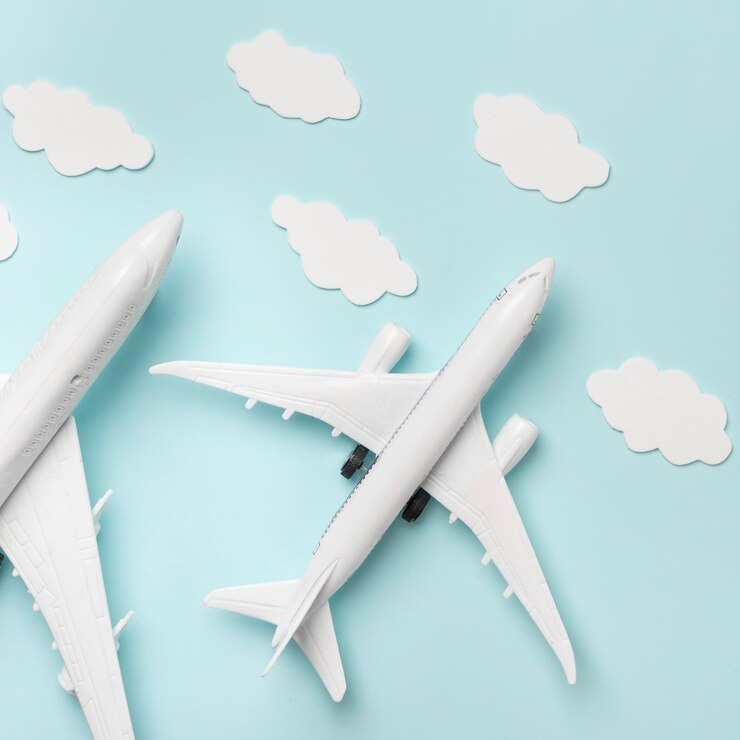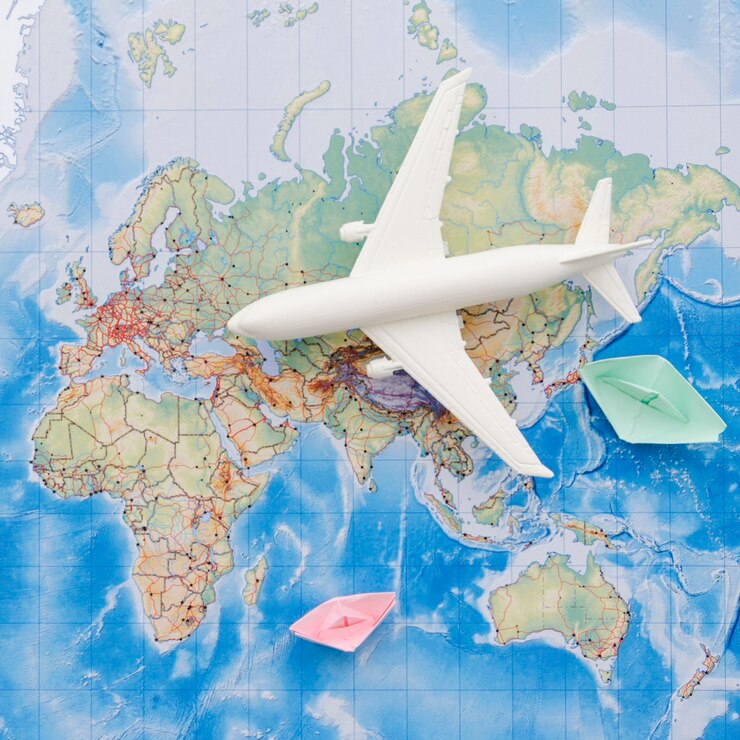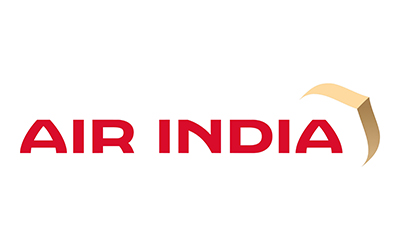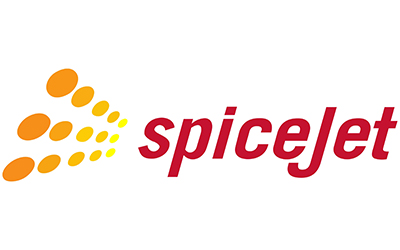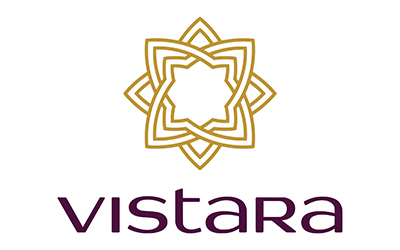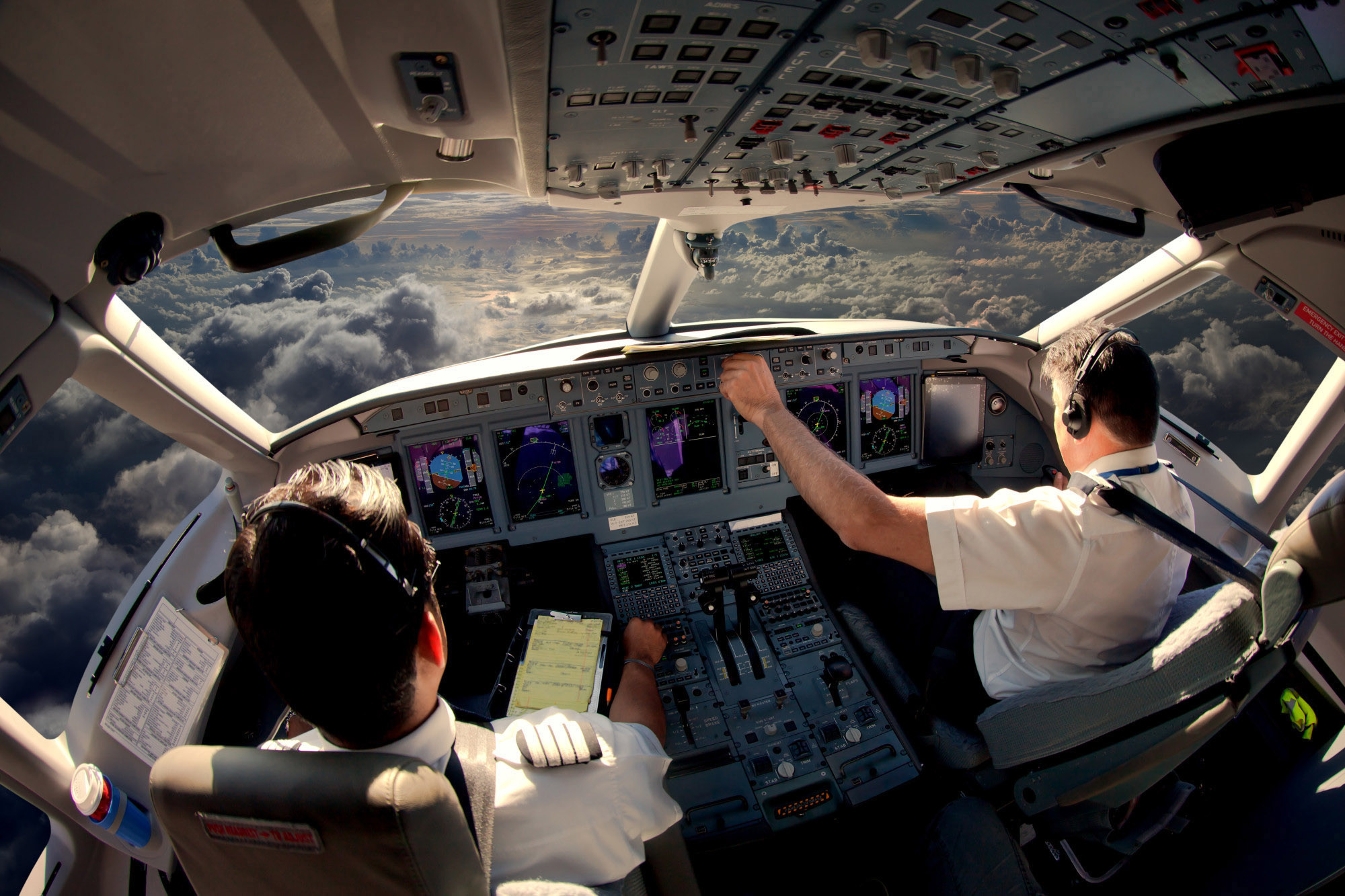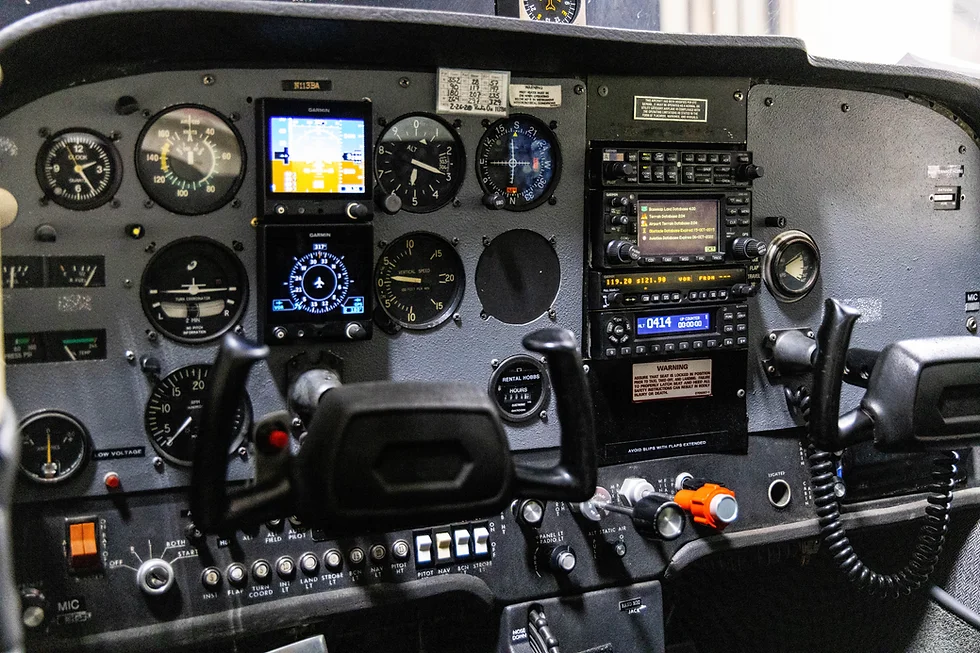Enrolling in a Private Pilot License (PPL) Program
The first major milestone in your pilot training journey is obtaining a Private Pilot License (PPL). A PPL allows you to fly an aircraft privately, carry passengers, and is the foundation for all future pilot certifications. The PPL program includes the following components:
Ground School: In ground school, you’ll learn the theoretical aspects of flying, including aerodynamics, aircraft systems, navigation, meteorology, and FAA regulations. This knowledge is critical for passing the written exam required for your PPL.
Flight Training: Flight training typically involves at least 40 hours of flight time, although most students require more hours to be fully prepared. This training includes dual instruction with a certified flight instructor (CFI), solo flights, cross-country flights, and night flying.
Solo Flight: After sufficient training, your instructor will authorize your first solo flight—a significant milestone where you fly the aircraft alone.
Checkride: Once you’ve completed the required flight hours and passed the written exam, you’ll take a practical flight test known as a checkride. During the checkride, an FAA examiner will assess your flying skills, decision-making, and overall proficiency.
Progressing to a Commercial Pilot License (CPL)
After obtaining your PPL and gaining some flight experience, the next step is to pursue a Commercial Pilot License (CPL). A CPL allows you to be compensated for your flying services and is necessary for anyone who wants to make a career out of flying. The CPL program is more advanced and includes the following:
Advanced Flight Training: CPL training builds on the skills you developed during your PPL training. You’ll learn advanced maneuvers, complex aircraft systems, and flight operations in various weather conditions. Training often includes multi-engine operations, instrument flying, and more cross-country flights.
Accumulate Flight Hours: The FAA requires a minimum of 250 total flight hours for a CPL. These hours include time spent as pilot-in-command (PIC), dual instruction, solo flying, and cross-country flights. Building these hours can take several months to over a year, depending on how frequently you fly.
FAA Written and Practical Exams: Similar to the PPL, you’ll need to pass both a written exam and a practical flight test for your CPL. The written exam covers more advanced topics such as flight planning, performance calculations, and regulations specific to commercial operations. The practical exam, or checkride, is more rigorous and includes a comprehensive flight test with an FAA examiner.
Specializing with Additional Ratings
To enhance your qualifications and career prospects, you may consider obtaining additional ratings after your CPL:
Instrument Rating (IR): An Instrument Rating allows you to fly in low visibility conditions using only the aircraft’s instruments. This rating is essential for any pilot who wants to fly in all weather conditions and is often required for commercial pilots.
Multi-Engine Rating (ME): This rating enables you to operate aircraft with more than one engine. Multi-engine aircraft are faster and more complex, and this rating is typically required for most commercial airline positions.
Certified Flight Instructor (CFI): Becoming a Certified Flight Instructor allows you to teach others how to fly, providing a valuable opportunity to build flight hours while earning an income. Many pilots use instructing as a stepping stone to higher-paying flying jobs.
Obtaining an Airline Transport Pilot (ATP) Certification
The Airline Transport Pilot (ATP) certification is the highest level of pilot certification and is required to be the captain of an airline aircraft. Obtaining an ATP certification involves meeting several requirements:
Minimum Flight Hours: You need at least 1,500 total flight hours to be eligible for an ATP certificate. This requirement ensures that you have significant experience before taking on the responsibilities of an airline captain.
Advanced Training: ATP training focuses on advanced flight operations, crew resource management, and airline procedures. Many pilots attend specialized ATP training programs designed to prepare them for airline careers.
FAA Written and Practical Exams: The ATP written exam is one of the most challenging in aviation, covering advanced topics such as aerodynamics, meteorology, flight planning, and airline regulations. The practical exam includes a checkride in a complex aircraft, typically a multi-engine plane, where you’ll demonstrate your proficiency in all aspects of airline operations.
Continuing Education and Staying Current
Aviation is a constantly evolving field, and staying current with the latest regulations, technology, and industry trends is essential for your career. Pilots are required to undergo recurrent training, including simulator sessions, flight reviews, and medical exams, to maintain their certifications. Additionally, many pilots choose to pursue further education, such as obtaining a type rating for a specific aircraft or completing advanced courses in aviation safety and management.
